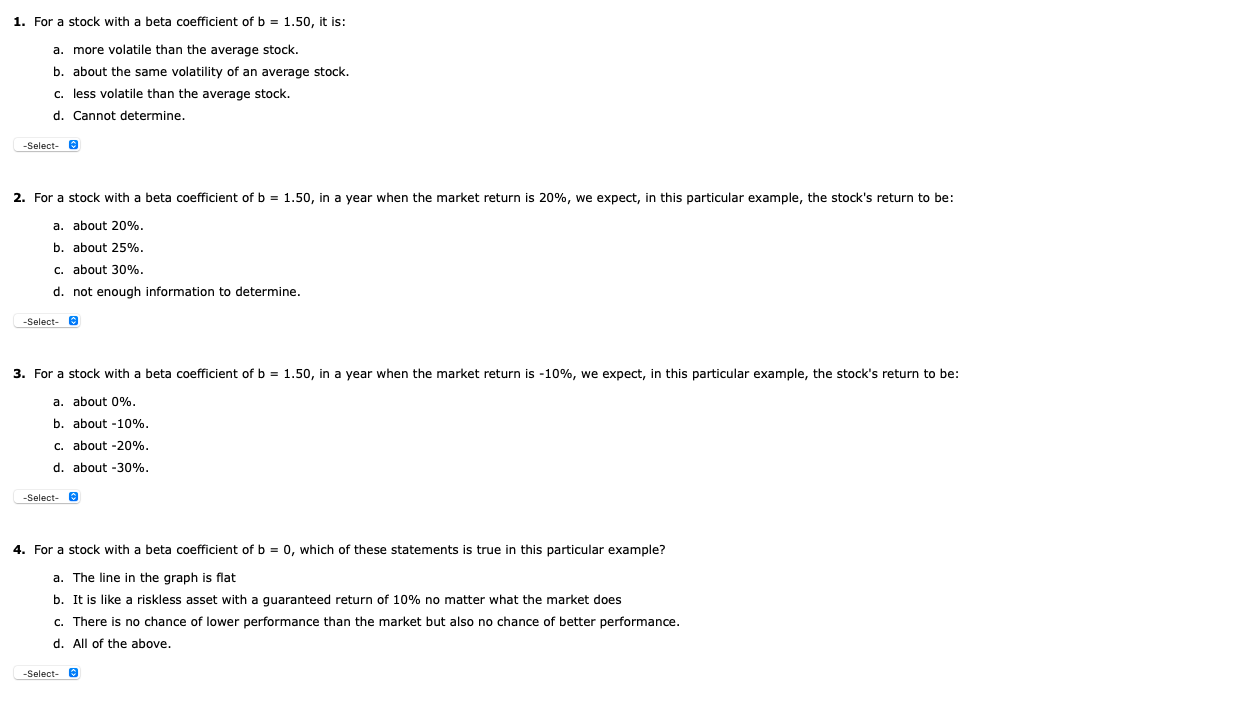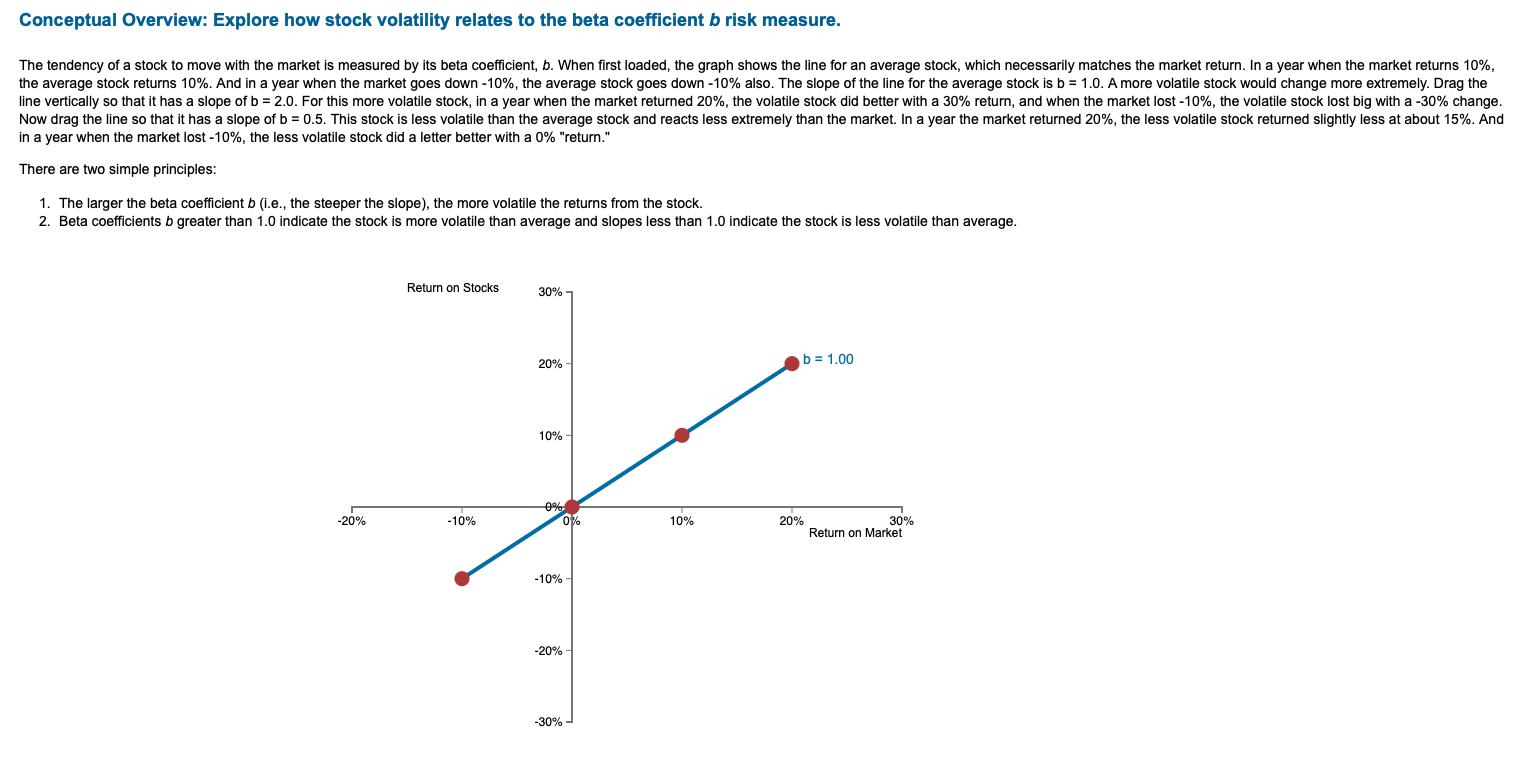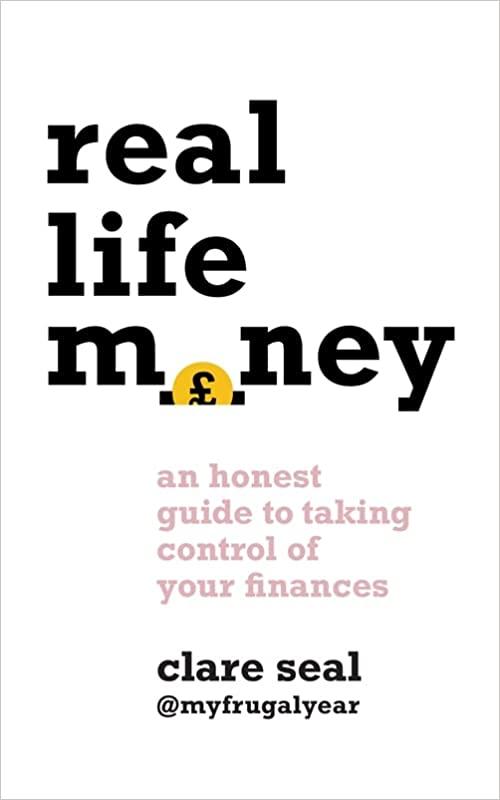Answered step by step
Verified Expert Solution
Question
1 Approved Answer
1. For a stock with a beta coefficient of b=1.50, it is: a. more volatile than the average stock. b. about the same volatility of


Step by Step Solution
There are 3 Steps involved in it
Step: 1

Get Instant Access to Expert-Tailored Solutions
See step-by-step solutions with expert insights and AI powered tools for academic success
Step: 2

Step: 3

Ace Your Homework with AI
Get the answers you need in no time with our AI-driven, step-by-step assistance
Get Started


